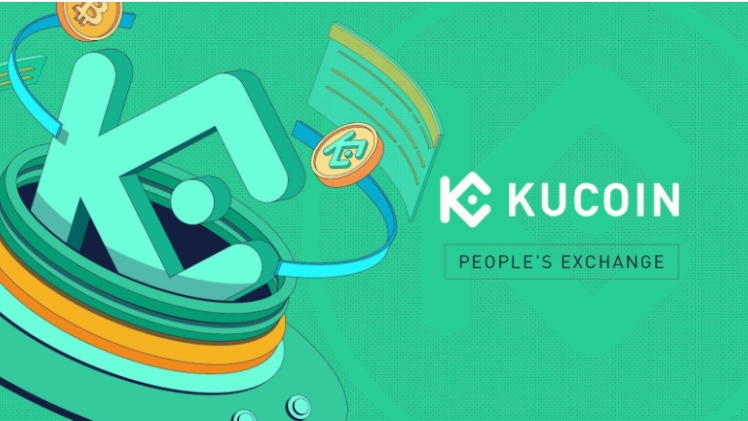A computerized trade is an online business place where clients buy, sell, and trade Cryptographic cash. Crypto exchanges work like electronic organizations, as clients can store government-provided cash (like U.S. dollars) and use those resources to purchase advanced cash. The Last Price shows the continued-to-go traded cost on KuCoin futures. To avoid the last price wandering off from the spot esteem, KuCoin Futures uses the Funding part to ensure that the last expense is continually secured to the overall spot cost due to being one of the most top digital currency trade that can flaunt serving each one out of four crypto holders around the world according to the Cryptocurrency news.
Financing rates
Financing occurs at normal stretches. Intermediaries will conceivably pay or get financing if they stand firm on balance at one of these times with the digital money stock. If you close your circumstance before the sponsoring exchange, you won’t pay or get subsidized. While the Funding Rate is positive, longs pay shorts.
While the Funding Rate is negative, shorts pay longs. The subsidizing rate addresses the contrast between the cost of the interminable agreement market and that of the Spot market. The bigger the outright worth of the subsidizing rate, the bigger the distinction between the two prices.Most financial backers are hopeful about the market, so the cost of the Fates market is way higher than that of the Spot market. To keep away from the incredibly enormous distinction between the costs, while settling fundings, the framework will charge merchants who long and pay the individuals who diminutive.
Financial backers can close their long situations before the hour of settlement to abstain from paying the subsidizing
Subsidizing computations
Position not altogether firmly established by the engraving cost at financing timestamp. It has a crucial condition:
Financing = Position Value × Funding Rate
For example, dealer a stands firm on long traction of 10,000 bundles XBTUSDM, and the engraving cost is 5,000 USD at the funding timestamp with the continuous financing rate at 0.02%.
According to the portrayals above, we could sort it out:
Position Value = 10,000/5,000 = 2 BTC
Financing = 2 BTC * 0.0250% = 0.0005 BTC
As the sponsoring rate is positive, longs pay the shorts. Like this, the seller must pay a sponsoring cost of 0.0005 BTC, and shipper B, who shorts comparative estimated positions, will get 0.0005 BTC. If representative A closes what is happening before the funding timestamp, he doesn’t need to pay the financing charges. Funding rates are divided into two types which includes the following:
1. Loan cost
Each agreement on KuCoin Prospects comprises two instruments: Base Cash and Statement Money. The Financing cost is an element of the loan fees between the two monetary standards, showing the distinctions between the Statement Currency(USD) and the Base Currency(BTC) in determined subsidizing stretch.
2. Premium File
The interminable agreement might exchange at a huge premium or rebate to the Imprint Cost. In these circumstances, the Superior Record will be utilized to raise or lower the following Financing Rate.
Subsidizing rate estimation
The Funding Rate is made from two areas; Interest Rate and Premium Index:
Loan fee
Every settlement on KuCoin Futures contains two instruments: Base Currency and Quote Currency. The Interest Rate is generally a part of the credit costs between the two money-related structures, showing the differentiations between the Quote Currency (USD) and the Base Currency (TRX price, DOGECoin price) in resolved supporting span. Dealers could check the Interest Rate at Contract Specifications and the contrasting undeniable data on the document page.
Premium file
The wearisome understanding could trade at a gigantic premium or refund to the Mark Price. In these conditions, the Premium Index will be used to raise or lower the accompanying Funding Rate.
Financing rate
The hidden Funding is not entirely set in stone, considering the 8-Hour Interest Rate and Premium Index.
Introductory Funding Rate = Premium Index + cinch (Interest Rate−Premium Index, 0.05%, −0.05%)
The last funding is not entirely settled considering the fundamental funding rate, and past supporting timestamps. The last not entirely set in stone above is then applied to the dealer’s circumstance to conclude the funding amount to be paid or gotten at the supporting timestamp. Dealers could check their funding records at funding history.

